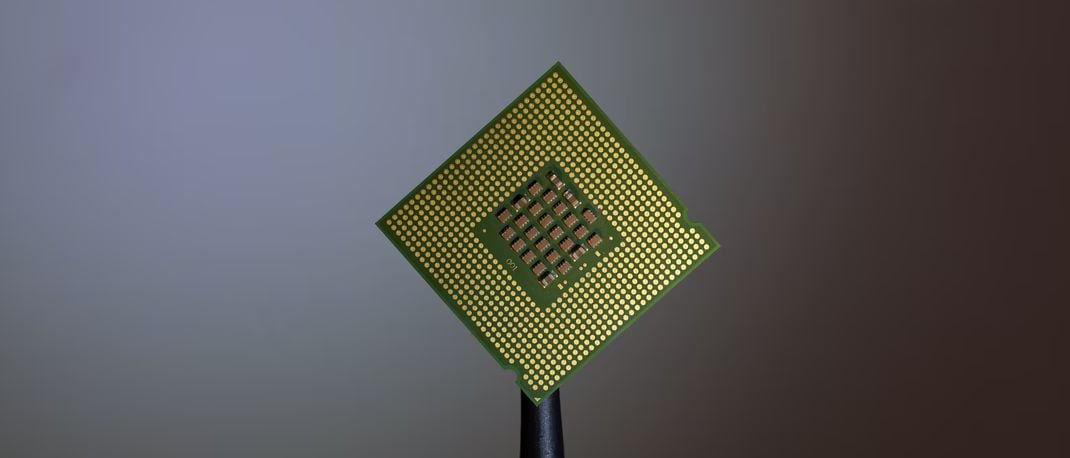There are good chances you have heard of System on Chip (SoC) technology before. It largely came into the news because of Apple’s M1 processor, and its astounding performance results. With the latest M1 Pro and M1 Pro Max out in the open, there is only one way – up. SoC isn’t something completely new to the world. If you are reading this article on a Snapdragon, MediaTek or Exynos powered device, you are already using one. Accessories like Apple and Samsung smartwatches also run on such ARM-based SoCs.
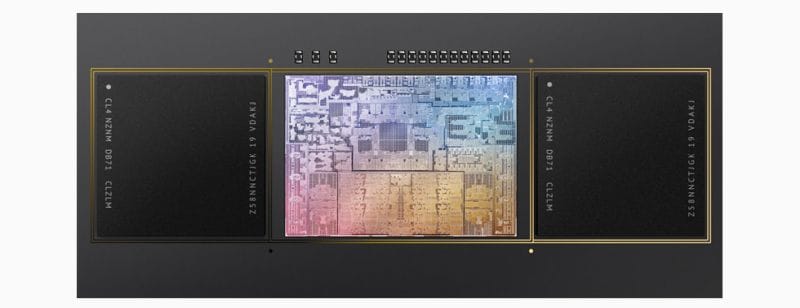
It is the SoC technology’s new capabilities now bringing a huge difference. Such CPUs have run high-end applications like Adobe Premiere Pro, Illustrator, Photoshop and Autodesk Maya which previously required dedicated graphics cards, a large amount of RAM, and powerful cooling systems. The technology shows no signs of slowing down, and with the current progress, we might see it taking over traditional CPUs in coming years. If you are researching SoCs for a potential purchase, you are in the right place. Let us uncover SOCs, their advantages and how different they are from the traditional CPUs.
Most traditional computers have separate components strategically placed on a motherboard. These components work together in sync to get the job done. For example, when you launch a game, the CPU receives the instructions and passes on the needed data to the GPU and other components like the RAM, storage, the network components, etc. Once these components independently process the data, they send it back to the CPU.
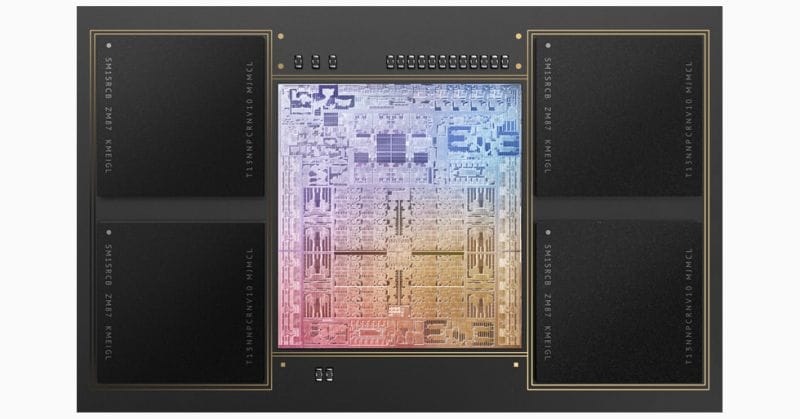
An SoC-based CPU integrates all these components of a computer into one chip. Everything is handled by one silicone resulting in significantly reduced data latency and improved performance. Most users reading this might barely notice this reduced data transmission latency in day-to-day usage. However, compare benchmark scores, and it’s a whole new world. Cinebench 15 benchmark results uncovered by Technical City show the M1 CPU offers 23.1 per cent better single-core performance than the Intel Core-i5-1038G7-based MacBook Pro. The multi-core results are also 39.6 per cent higher than the Intel variant.
Not just fast performance, the M1 SoC also significantly improve the battery life of the laptop. It’s power-efficiency allows the chip to give its best performance, even when the charger isn’t plugged in. This is why even 4K videos are rendered and you can play games on the go without compromising on performance.
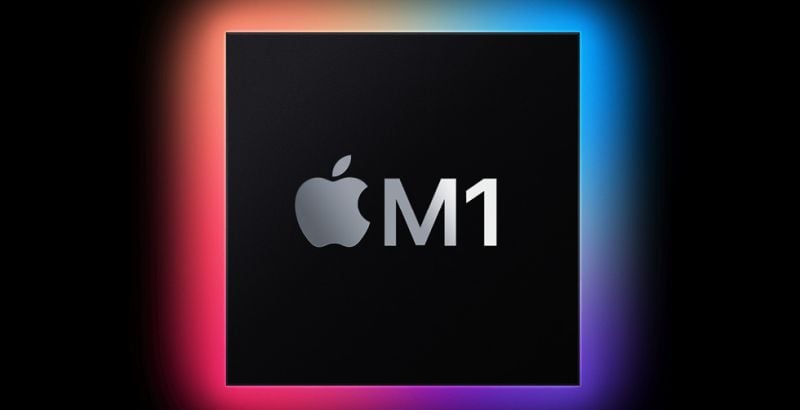
As everything is operated by a single chip, manufactures can have more compact motherboard configurations making laptops even slimmer. With fewer component requirements, they might even get affordable. An SoC-based chip might also bring a level of CPU standardisation. For example, currently, only upper-end laptops run higher-end CPUs. This means you can experience a high-end CPU performance only after paying a premium price. However, in SoC-based laptops like the MacBook Pro and Air, you get to see the M1 chipset powering of its most variants. So, you only pay more for the extras – RAM and storage.
Apple Macs aren’t the only computers using SoC-based setups. Budget Chromebook laptops like the Lenovo IdeaPad Duet run on ARM-based MediaTek Helio P60T processor. A more prominent example would be the last year’s Microsoft Surface Pro X. It uses a Microsoft and Qualcomm co-designed SQ2 CPU running Windows 10 Home OS. This device could run full-fledged versions of Adobe Photoshop, Lightroom, and others using the Microsoft x64 emulator.
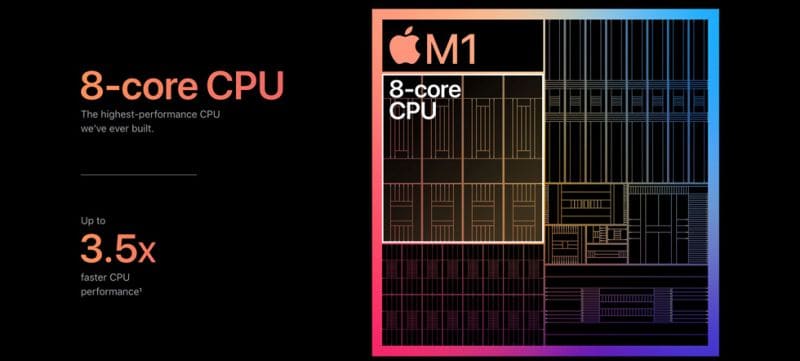
Apple manages to make their M1 CPU line-up faster than other SoC CPUs using a Unified Memory Architecture (UMA). Apple says it’s an approach where the M1’s RAM acts as a single pool of memory to all the parts of the processor. This means a single memory fulfils the requirements of the GPU, ISP, Neural Engine and other. If the GPU needs more system memory, it can ramp up its usage, while the other parts of the SoC ramp it down. As all the CPU parts can access data at the same memory address, the CPU doesn’t have to move the data back and forth. This reduces the time taken to access data and results in improved performance.
With the new M1 Pro Max offering up to 64GB of RAM, the memory pool has just gotten larger than ever before. This means a large amount of memory can be allotted to different CPU components, which should significantly boost the overall performance of the new MacBook Pro 2021. While SoCs offer advantages over traditional CPU-based systems, they are not all perfect. As all parts are placed in a single chip, upgrading, or repairing them becomes nearly impossible. This means if the chip stops functioning, you might have to replace the entire device or the entire board.
The Apple M1 line-up undoubtedly leads the SoC race as far as notebook-styled computing devices go. Other manufactures are also catching up. Intel is said to be working on its 12th gen Alder Lake CPUs, that use a hybrid layout like the M1 chips. We might see AMD soon joining in and so a paradigm shift to SoCs seems inevitable. For consumers, more manufactures entering this battle should result in faster, better value-for-money solutions. When will this happen? Only time can tell. Till then, make sure you keep following us on www.reliancedigital.in.
